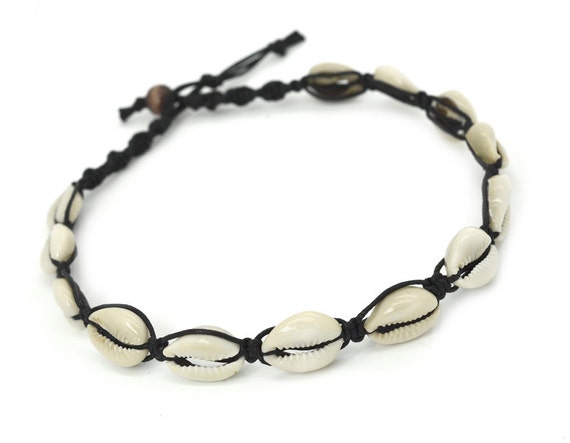This website provided information on a piece of art
that I found a picture of on another website. The picture above shows a stool
or a throne and Rand gave great information about the stool. Seats were only
for royalty. “Only a ruler could sit on a seat depicting an animal.” “Carved
wooden stools are for important people in Western Cameroon: the Fon (king),
chiefs, Ma Fo (a powerful female), and certain nobles.” Stools can be used
every day and some are used during important meetings. Stools are “carved from
one piece of wood.” Everyday stools could be sold or given away. Specially made
stools with “certain symbols” were considered royal thrones and “even when
empty, still represents the Fon, and…regarded with deep respect.” The Fon’s
stool would have the “royal” symbol of an elephant, buffalo, leopard, lion, or
python. Stools with earth spiders are seen often today and are usually on tourist
stools. Cowry shells are another popular symbol to see on a stool. “The glossy
bright cowry shell with its elongaged opening is the symbol of wealth and
royalty, respect and dignity.” “Stools with geometrical designs are for
commoners, men and women.” When a proper stool was not available the noble
would have stood. (2)
The stool depicted above should belong to an authority since a snake is at the base of the throne. Using this information leads to the conclusion the men standing on the stool must be authority.
(2) mentioned the cowry shells represented "wealth and royalty, respect and dignity." When visiting Cameroonian, it is likely to see these shells on the jewelry at the flee market. They must want their tourist to feel wealthy, royal and respected.

(4)

(4)
Cameroon has changed the design of its flag three time in history.
The first flag of Cameroon had the colors green, red, and yellow and this was their flag from 1957 until 1961 after being granted autonomy from France. (1)
On October 1, 1961, the British and French Cameroon united as a federation. The flag represented the Federal Republic of Cameroon and until May 20, 1975 it had two stars vertically placed on upper half of the green third of the flag, representing British Cameroon and French Cameroun, one for each state. (1)
Cameroon's current national flag is
divided into thirds, each third is a different color, (from left to
right) green, red, and yellow with a five- point yellow star centered on
the red. This flag has been the "official" flag since May 20, 1975, which the two federal states unified. (1)
The Cameroonian flag's colors each have a meaning. The green stands for hope, green vegetation, rich forests of the south and hope for a happy future. The red was for unity and independence, national sovereignty. The star stood for the unity of Cameroon. The yellow stands for the sun, the source of happiness and prosperity and the northern savannas. (1)
1.
“Cameroon Flag: Description and Meaning.” Cameroon Today: Cameroon Travel and
Information Guide. Last modified n/a. Accessed January 27, 2017. http://www.cameroon-today.com/cameroon-flag.html.
2.
Rand. “Cameroon Stools.” Rand African Art. Last Modified January 1, 2004.
Accessed January 27, 2017. http://www.randafricanart.com/Cameroon_stool.html.
3.
Willett, Frank, and John Picton. “African Art: Visual Arts.” Encyclopaedia
Britannica. Last modified May 10, 2012. Accessed January 27, 2017. https://www.britannica.com/art/African-art.
4. “Cowrie Shell Choker, Beach Necklace, Macrame Necklace, Hemp Jewelry, Surf Jewelry.” Etsy.com. Last modified 2017. Accessed January 27, 2017. https://www.etsy.com/listing/281067416/cowrie-shell-choker-beach-necklace.
4. “Cowrie Shell Choker, Beach Necklace, Macrame Necklace, Hemp Jewelry, Surf Jewelry.” Etsy.com. Last modified 2017. Accessed January 27, 2017. https://www.etsy.com/listing/281067416/cowrie-shell-choker-beach-necklace.


No comments:
Post a Comment
Note: Only a member of this blog may post a comment.